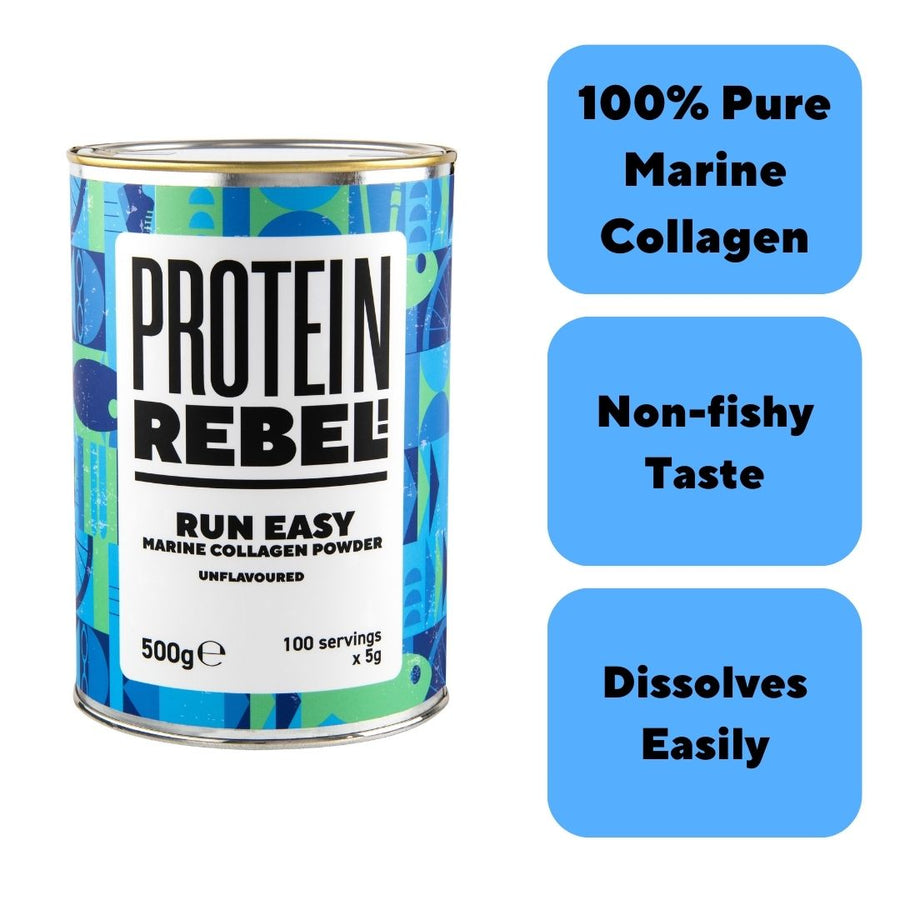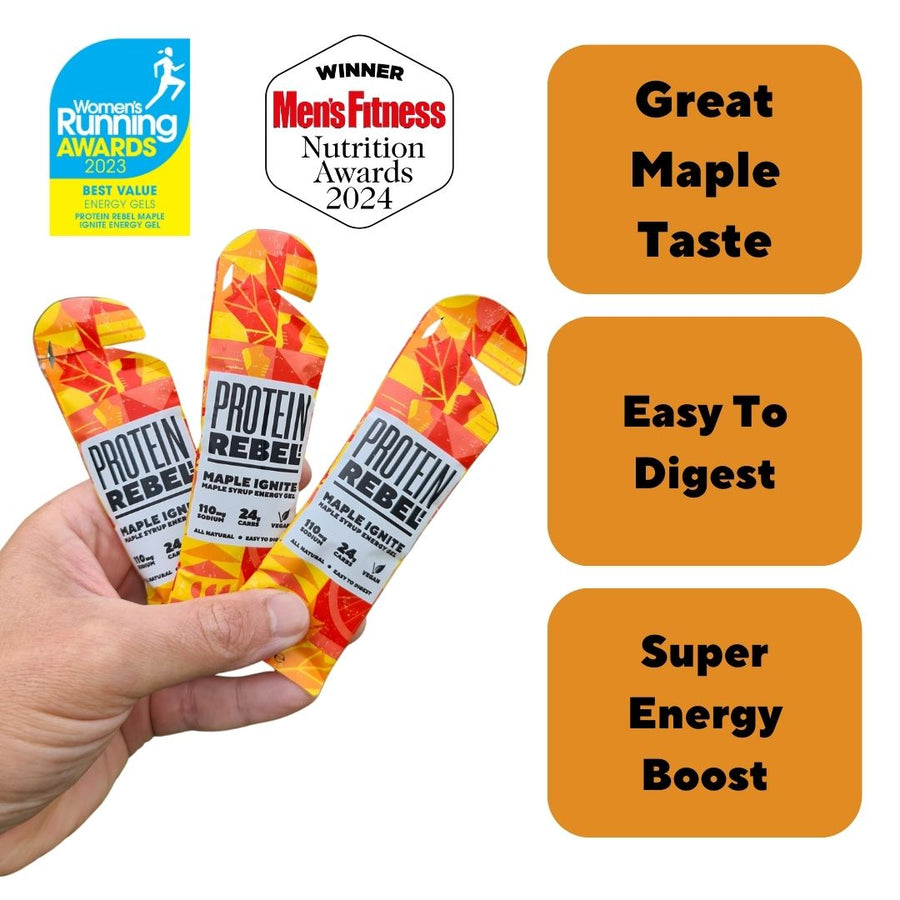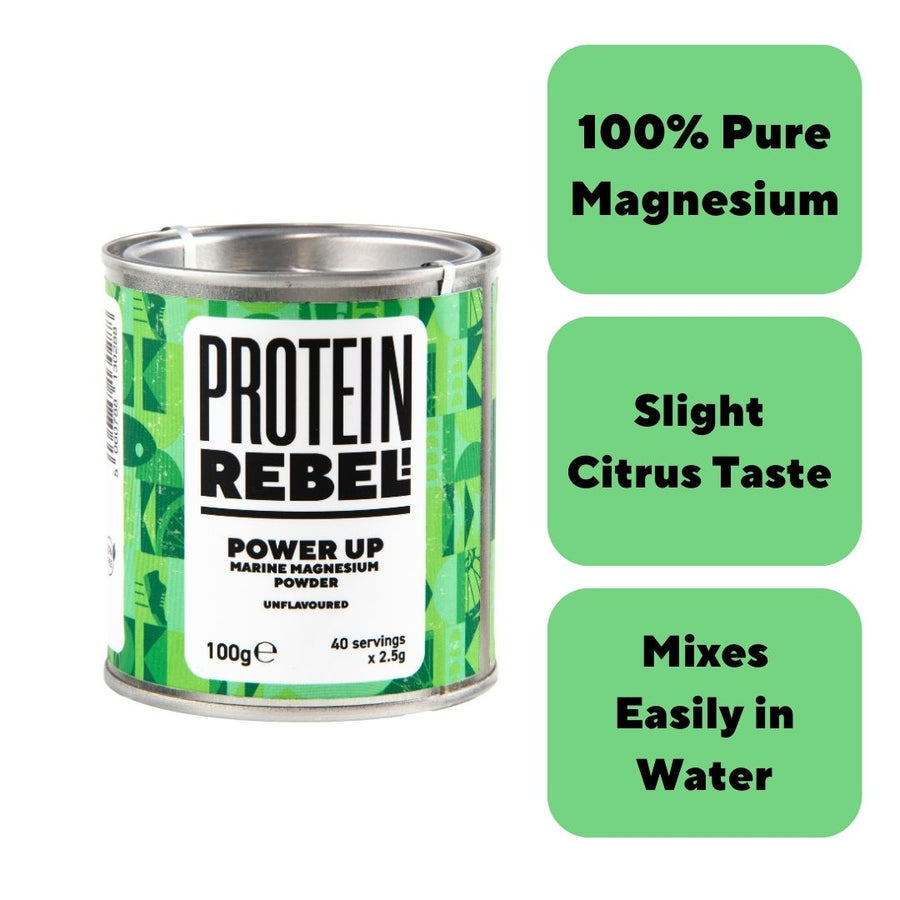How Caffeine Gels Work
Caffeine is one of the most researched and utilised performance aids for runners. In gel form, it combines a source of energy with a stimulant that can help both body and mind.
But how does it actually work, how quickly does it act, and what’s the best way to use it?
Today we’re going in depth:
Why Runners Use Caffeine Gels

Caffeine is more than a simple pick-me-up. For endurance runners, it can subtly change how hard a run feels and how efficiently the body uses energy. When you run long distances, fatigue doesn’t just come from your muscles. Your brain plays a major role in telling you to slow down. Caffeine interacts with the central nervous system, reducing the perception of effort. This can make hard miles feel a little easier and help maintain pace in the latter stages of a race.
At the same time, caffeine affects the muscles themselves. By influencing calcium release in muscle fibres, it can improve contraction efficiency, helping the legs feel more responsive. There’s also a small effect on energy use, with caffeine encouraging the body to burn a bit more fat and preserve glycogen for when it’s really needed. Combining caffeine with natural, easily digestible carbohydrates in a natural caffeine energy gel means you’re topping up energy while gaining these performance benefits. It’s a practical, all-in-one solution that’s easy to carry and consume mid-run.
How Caffeine Is Absorbed
After swallowing a caffeine gel, it passes quickly through the stomach because of its high water and sugar content. Most of the caffeine is then absorbed in the small intestine, where it enters the bloodstream. For most runners, peak levels occur 30–60 minutes after ingestion, though individual timing varies. Some feel the effect sooner, while others notice it slightly later.
Absorption can be influenced by several factors. If you take a gel on an empty stomach, the effect can be faster, but sensitive runners might experience stomach discomfort. Drinking a little water with the gel helps it move through the digestive system efficiently. Regular caffeine consumers may feel the effect less strongly, so personal tolerance plays a role. Understanding how your body reacts in training is key to using gels effectively on race day.
How Caffeine Works During Running
Caffeine acts on both body and mind to improve performance. By blocking adenosine receptors in the brain, it reduces the sensation of fatigue. This allows you to maintain pace for longer without feeling like the effort is increasing. At the same time, caffeine enhances muscle contraction by influencing calcium signalling, making your legs feel more responsive during each stride.
There’s also a metabolic effect. Caffeine encourages slightly higher fat oxidation, which can spare muscle glycogen for later in the run. This is particularly valuable during long sessions, when maintaining energy levels is crucial. Beyond the physical effects, caffeine supports focus and coordination, helping you maintain form and mental clarity even when fatigue sets in. Together, these mechanisms provide a subtle but significant boost.
Timing Your Caffeine Gels
Getting the timing right is essential for caffeine gels. It’s a good idea to take one 15-20 minutes before a long run or race to allow caffeine levels to peak just as the effort starts. We would recommend 2-3 gels per hour during heavy exertion, but this can be a combination of caffeine and regular energy gels. One caffeine gel every 60-90 minutes should be enough to give you a consistent boost.
Some runners split their intake between pre-run and mid-run doses, keeping the total caffeine intake within recommended levels of 3–6 mg per kilogram of bodyweight.
Unlike carbohydrate intake which is fairly uniform across runners of different sizes and performance levels, finding the right timing for caffeine is highly individual.
How Caffeine Interacts with Muscle Energy
Caffeine gels are effective because they work alongside your body’s natural energy systems. The carbohydrate component provides glucose to working muscles, delivering immediate energy when it’s needed most. Meanwhile, caffeine subtly shifts the body’s fuel use, encouraging fat oxidation and sparing glycogen stores. This means energy lasts longer and you can sustain pace for longer stretches. At the same time,you’re getting the usual caffeine “boost” we all know and love. This combination of metabolic and neurological effects is what makes caffeine gels particularly useful for endurance events.
Mental Benefits During Long Runs
Running long distances is as much a mental challenge as a physical one. Fatigue can make concentration slip, form break down, and pacing inconsistent. Caffeine gels help by maintaining alertness and reducing the perception of exertion. Runners often notice a sharper sense of focus and coordination, which can be particularly valuable during marathons or ultra-distance runs. Even a subtle boost in mental clarity can make the difference in maintaining pace and executing a planned strategy over many miles.
Tolerance and Individual Differences
Not all runners respond to caffeine in the same way. Regular caffeine users often require slightly higher doses to experience the same effects, while sensitive runners may feel jittery or notice stomach discomfort at lower amounts. Our maple coffee gels are carefully formulated to avoid this - and contain the ideal amount of caffeine to give you a boost without any unwanted side effects. With that said, you should still be sensible - taking too many in a short space of time or combining them with other caffeine sources should be avoided.
Practical Race Day Strategy
On race day, caffeine gels work best when combined with a considered strategy. Taking one gel 15-20 minutes before the start provides an initial boost, while a mid-run dose can counteract the fatigue that often appears after an hour or more. Sipping water alongside gels aids digestion and absorption, and observing how your body responds helps refine timing and dosage. Longer races may benefit from multiple doses spaced out over the event, while shorter runs might only need a single pre-run gel. Testing any plan during training is crucial to ensure it works for you under real conditions.
Training Day Use
Caffeine gels are not just for race day. Long training runs provide an opportunity to replicate your race strategy, gauge tolerance, and learn how your body reacts. Morning sessions can also benefit, especially if you skip your usual coffee, providing both energy and alertness. For harder threshold or tempo sessions, gels can help maintain focus and form when fatigue starts to set in, making them a useful tool for training as well as competition.
To learn more, take a look at our maple coffee gels page.





